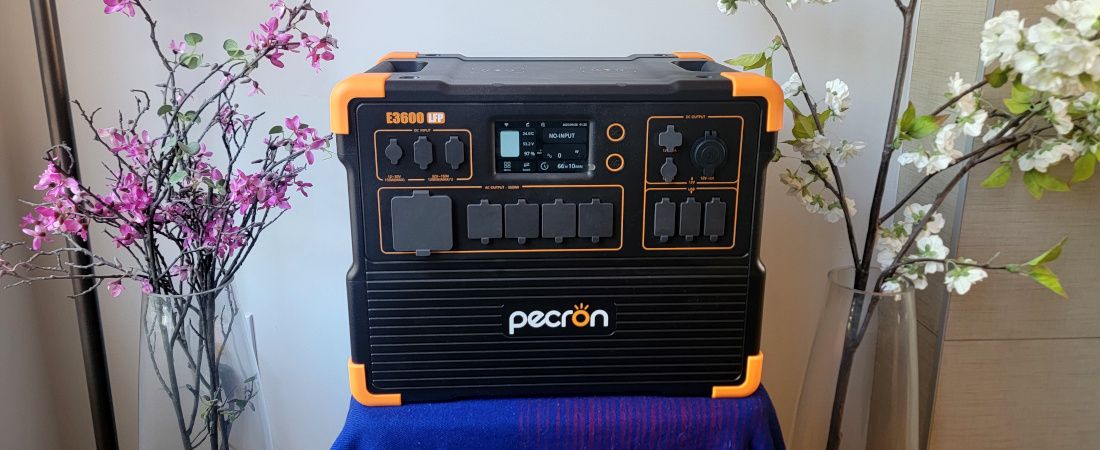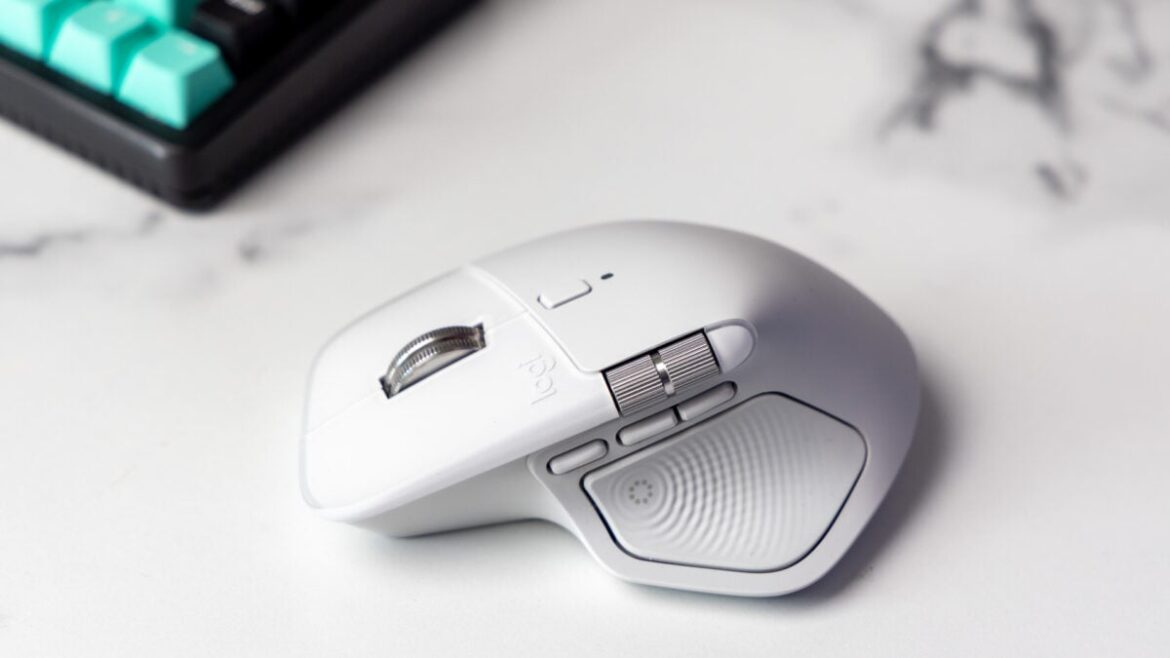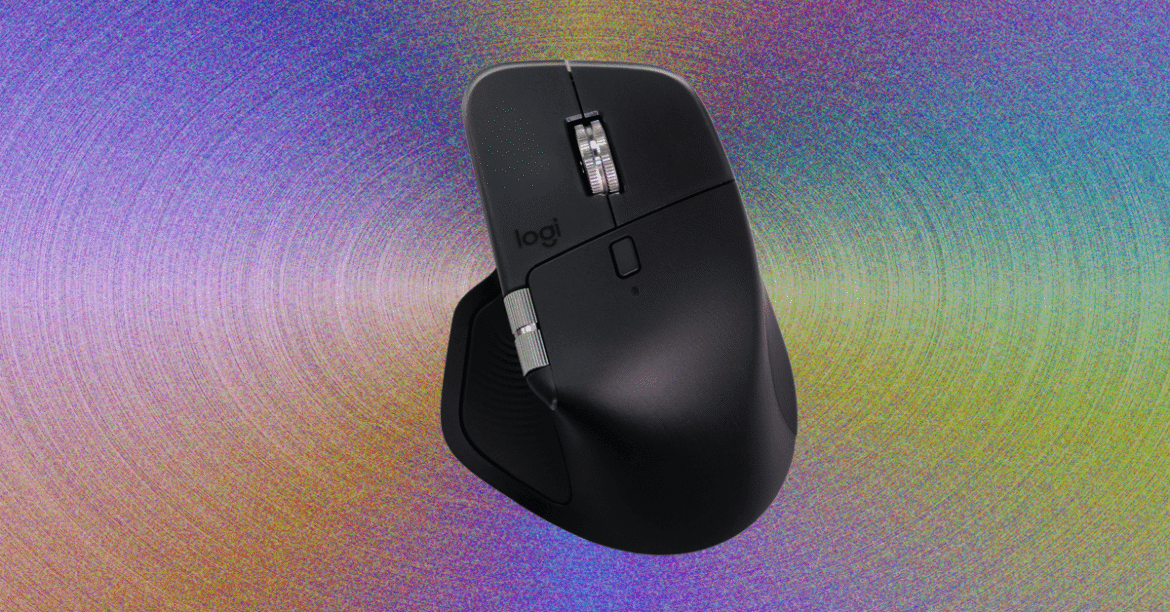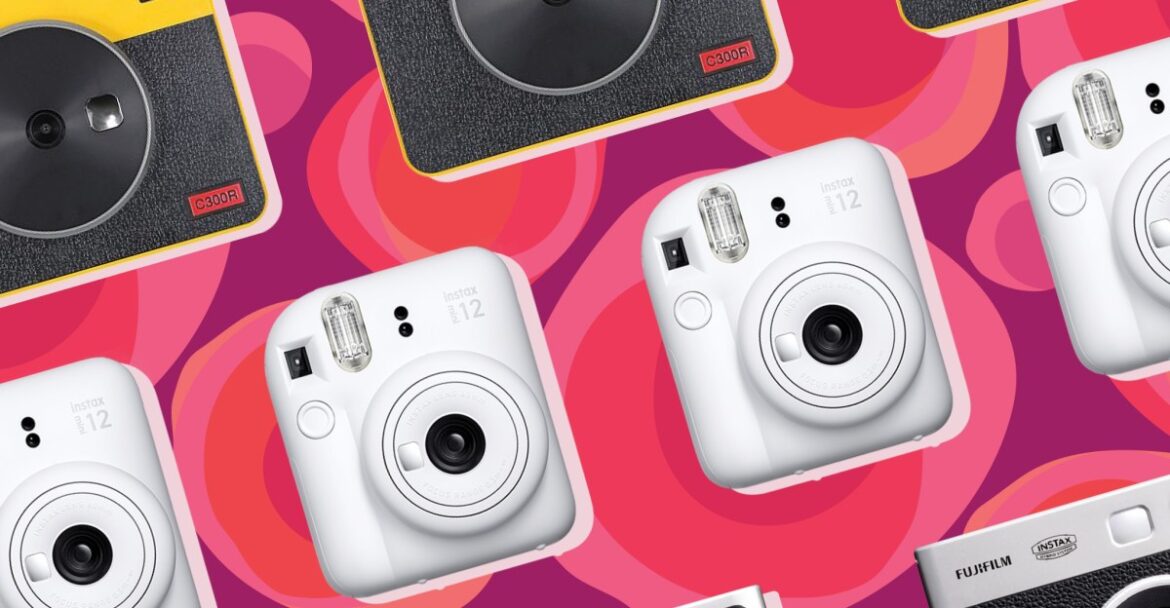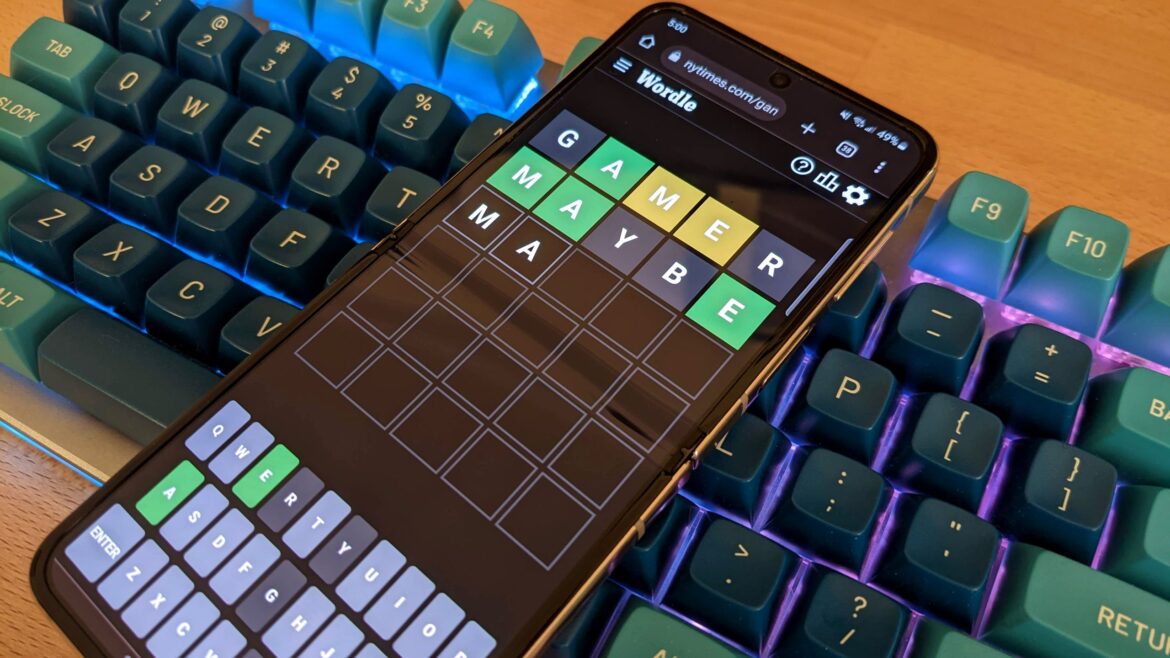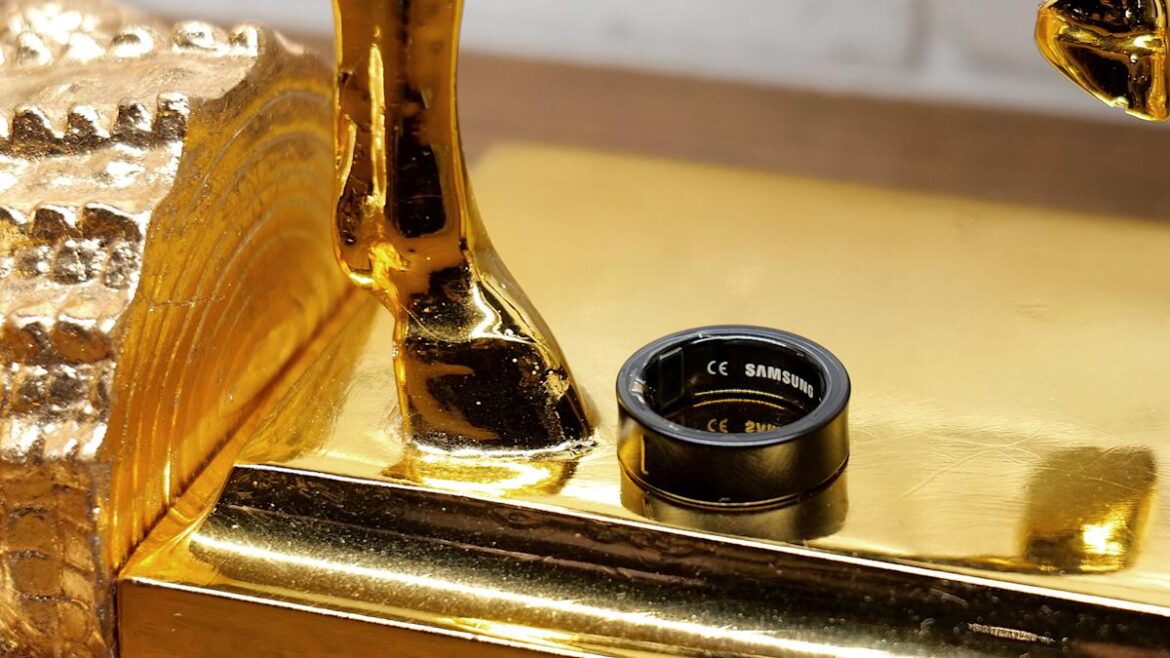Why you can trust TechRadar
We spend hours testing every product or service we review, so you can be sure you’re buying the best. Find out more about how we test.
The Pecron E3600 power station is built like a tank and offers great autonomy thanks to its 3072Wh LFP battery pack.
Specifications
Battery chemistry: LiFePO4
Battery capacity: 3072Wh
Number of charge cycles: Over 3500 before 20% drop
AC output power: 3600W, surge 7000W
Number of AC outlets: 5
Number of USB sockets: 4 Type A, 2 Type C
Number of 12V sockets: 1 XT60, DC 5521, 1 Car Adapter
Number of extra battery ports: 2, total of 15360Wh
Number of power inputs: 3
Fastest charge time: 1.3 hours
Additional features: Bluetooth and Wi-Fi
Weight: 36kg
A high-efficiency 3600W AC inverter, which can surge to 7200W for short periods, can power both heavy-duty machinery, such as welding machines, and home appliances. Charging the unit takes just over one hour using the fast-charge mode from the grid. Solar charging takes only a bit longer, reaching two hours.
What makes the E3600 unique is its blend of output sockets that includes the RV-friendly TT30. A Wi-Fi interface supported by Bluetooth, along with a well-designed interface, delivers an excellent user experience out of the box, thanks to the bright IPS screen, which offers a clutter-free menu. The E3600 is heavy, weighing 36kg, and will most likely require two persons to lift.
You may like
The E3600 typically costs $2299, and is on special for $1259, which is an unbelievable price for a 3kW-class power station. We recommend getting the wheeled trolley for $149. The solar kit bundles the E3600 with a different number of solar panels, with prices ranging from $1559 for a single 300W panel to $3404 for six 300W panels.
(Image credit: Future)
Pecron E3600: Design
The E3600 weighs 36kg and measures 44.5 cm x 30.7 cm x 35 cm. The unit is well-packed and ships with numerous accessories, including solar and grid charging cables, a screwdriver, and a nylon pouch. The plastic station feels sturdy, and with two built-in handles, it can be carried around by two people with some effort.
The station packs a 5” color LCD that Pecron uses judiciously, incorporating big icons, some animations, and multiple languages. Ultimately, the display conveys data to the user in a quick and efficient manner. Two push buttons control the output sections, turning them on and off. Other features are available by navigating the menu using the touchscreen.
The E3600 includes a 30A TT30 outlet, ideal for use in an RV, along with four 15A 120V AC sockets. The station supports 100V, 110V, and 120V, with the option found hidden in the display’s menu. The DC outputs are also plentiful. Pecron offers two 15W wireless chargers, both located at the top of the unit. In addition to providing standard six USB sockets, it also features an XT60 12V/30A socket to power small appliances, such as coolers.
The E3600 offers quick charging through an AC input that also supports slower charging times. The power cable is custom-built with a proprietary circular socket, and unlike competitive products, it cannot be substituted with a standard household AC cord. At a power input of 3200W, the fast charge fills the battery in one hour and twenty minutes, with a five percent efficiency reduction due to heat.
(Image credit: Future)
Pecron E3600: In Use
A common feature of power stations is to control the unit using a mobile app. The E3600 is no exception; it uses Bluetooth to initiate setup and eventually connects through Wi-Fi. All features available on the main display are also present in the app, including real-time charging and output information, as well as control over AC and DC outputs.
A slow charging mode limits the power to 1800W to accommodate more standard home energy distribution. The mobile app allows further reduction of the charging current. With up to 2400W of DC power at its Anderson inputs, an optimal solar configuration consists of a series arrangement of three 300W panels, since the station’s input allows a maximum DC voltage of 150V.
You may like
The unit can power devices at temperatures ranging from -20 to 45 degrees Celsius. Charging, on the other hand, is more restrictive, with an operating temperature ranging from 0 to 45 degrees Celsius. The station protects against short circuits by cutting off power when they are detected, effectively acting as a fuse. Any overcurrent on the input ports is also monitored to reduce the risk of thermal runaway in the batteries.
Pecron’s E3600 packs a UPS mode. When the unit connects to an AC outlet, power typically flows from the grid to output devices, bypassing the battery. The E3600 switches to its battery in under 20 ms when the AC power is removed. This process reduces the battery’s charge and discharge cycles, helping to extend the station’s life.
Pecron E3600: The Competition
Among the competition to the E3600 is the Bluetti Apex 300. This station has the same characteristics as the Pecron station. It can deliver 3800W to its 20A AC outlets and features a 2700Wh battery, which is smaller than that of the E3600. The number of available sockets is lower; the Apex 300 lacks the TT30 30A socket and does not provide wireless charging.
(Image credit: Future)
Pecron E3600: Final Verdict
The E3600 is a great power station for those on a budget who require a large amount of battery capacity. The output options are also numerous, featuring a variety of wireless charging options, low-power DC outputs, and a high-current socket for the camping car. The output power is rated at 3600W, which may seem reasonable on paper, but it can surge to twice its rated power for a short period.
The station is not without drawbacks. It is heavy due to its reliance on LFP battery chemistry. You will need two people to move it around. The UPS mode is functional, but it requires adjusting settings in the mobile app.
Buy the E3600 if … you are on a budget but need a large amount of battery capacity and output power.
Don’t get the E3600 if … you are looking for a lightweight power solution.
We’ve listed the best power banks.

